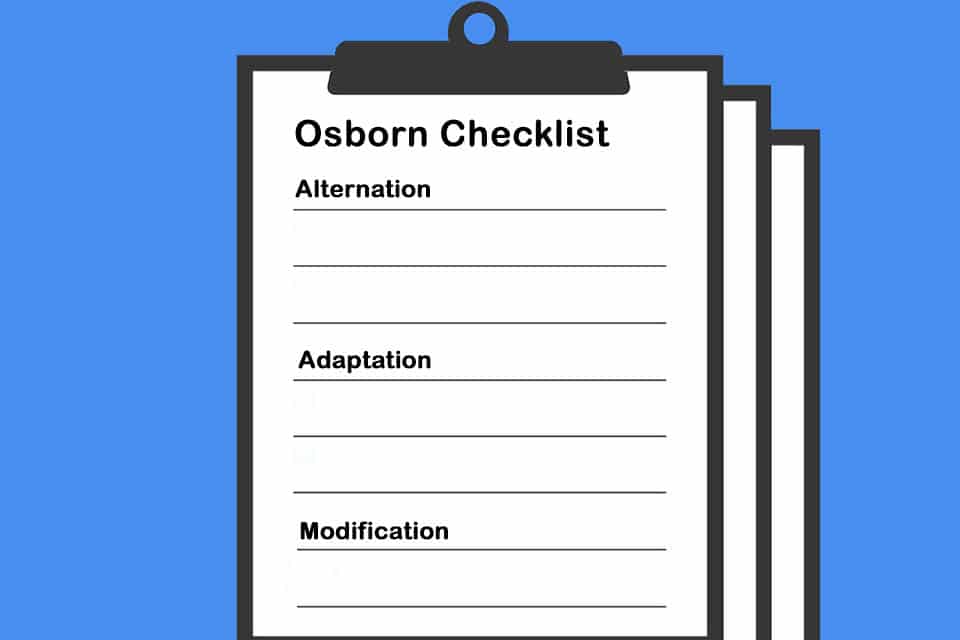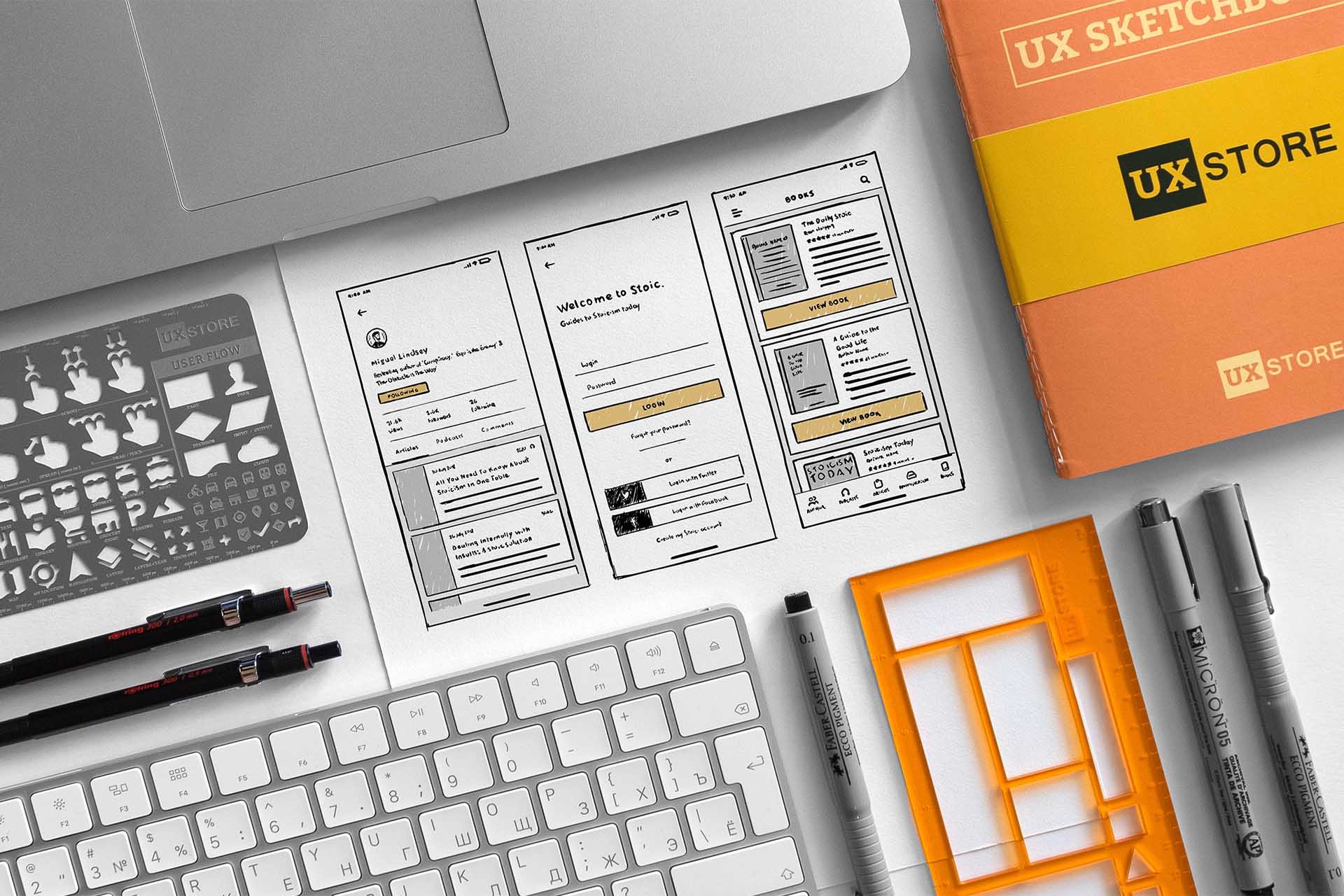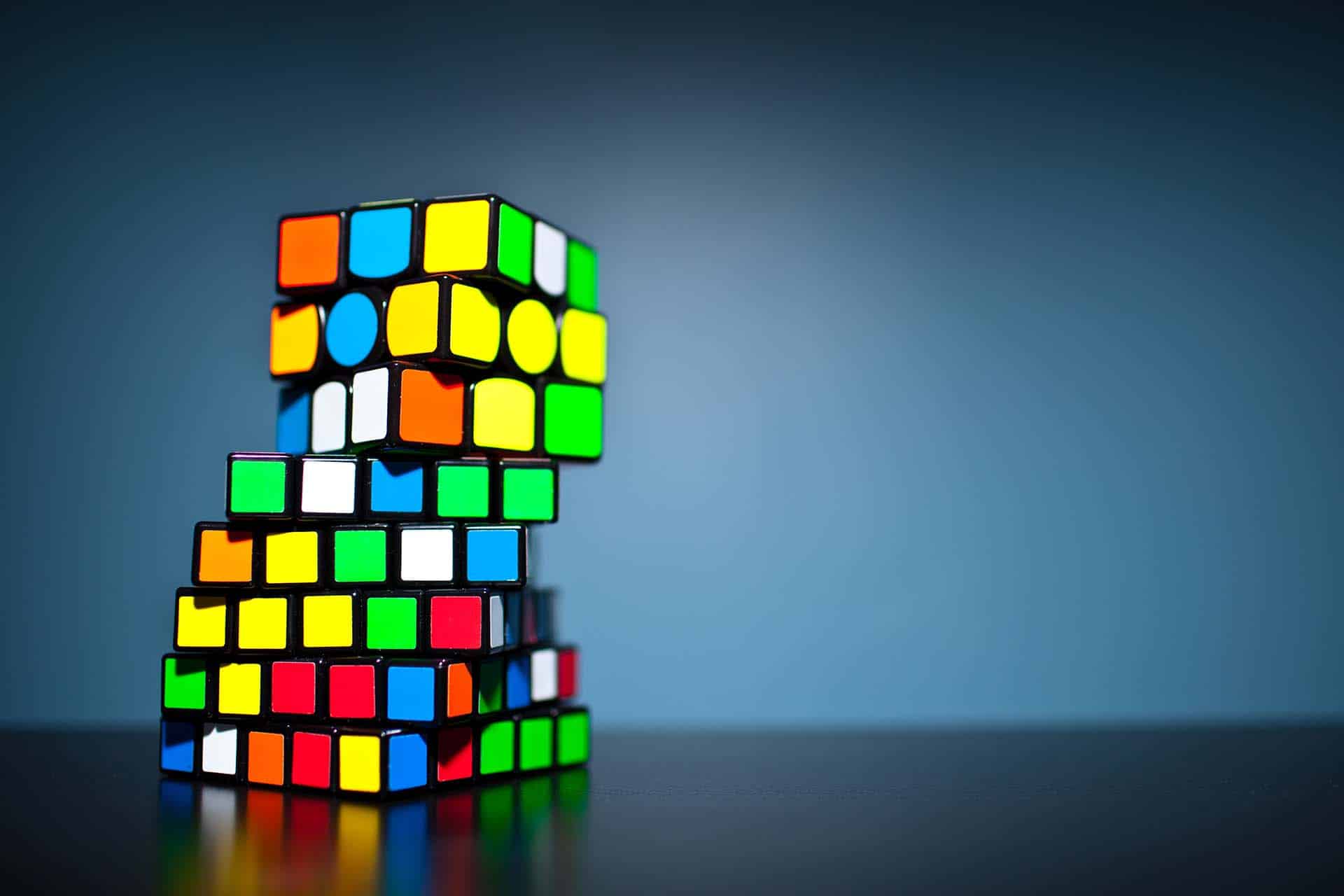What is Osborn Checklist?
Smartpedia: The Osborn Checklist is a method to enhance existing products, concepts, processes or ideas by means of a series of questions.
Osborn Checklist – successively developing products or ideas
In software development, it is common to publish new software versions. In the automotive industry, models are regularly revised and in trade fair construction, concepts are continuously extended. One approach to enhancing products and services, concepts, processes or ideas is the Osborn checklist.
The Osborn Checklist – sometimes called the Osborn Question List – is a creativity technique that uses questions to change individual aspects, components or parts of existing solutions. It helps to gain new perspectives, systematically refine established ideas, refine processes or initiate innovations. The checklist is named after Alex Faickney Osborn, who is also considered the inventor of brainstorming.
Questions of the Osborn Checklist
The checklist asks a series of questions. These questions address the alternative use of products, the adaptation of similar things, the modification in colour, shape or taste, the enlargement or reduction of elements, the substitution of materials, the regrouping of skills or components, the inversion of disadvantages to advantages and the combination of units, persons or ideas.
The Osborn Checklist asks the following questions:
- Alternative use or change of purpose: Are there alternative uses as the product is currently designed? Are there alternative uses, would the product be different? How can the idea be used differently? How can the concept be repurposed?
Example of alternative use: Mustard is not sold in a tube, but in a glass. This glass can later be used as a drinking glass. - Adapt or adjust: Which products are similar? What parallels were there in the past? What can be copied, imitated or replicated? What is a possible model?
Example: At the beginning of mobile phones, they were mostly grey or black until individual suppliers brought different coloured models onto the market. A large computer manufacturer took over this idea at the end of the 1990s and offered green and blue terminals. - Modify or change: What can be changed? How can colour, shape, size, sound, taste, smell, movement, etc. be changed?
Example: Weekly newspapers have a “usual” size and shape. However, there is also a German publishing house that offers its weekly newspaper in the form of a daily newspaper. - Magnify: What can be enlarged, lengthened, added, multiplied? How can the frequency be increased? How does the material used appear stronger, more expensive, more noble?
Example: Chrome-plated parts on motorbikes that are actually made of plastic. Or: mobile phone displays. - Minify: What can be taken away, shortened, made lower, cheaper or thinner? What can be slimmed down, built lighter, streamlined, made more streamlined?
Example: TV sets are becoming thinner and thinner and thus a fashion object for living rooms. However, the sound quality suffers as a result, which again leads to new devices such as external speakers. - Substitution or replacement: What other materials can be used? How can the location be altered? What other energy source can be used? What other ingredients, constituents, manufacturing processes might be suitable?
Example: Computer mice used to be connected to a computer using a PS2 plug. Today, the connection is made via USB or wireless. - Regrouping: How can parts be arranged? In what order should work steps be run through? How can the grid or tempo be changed? How can cause and effect be reversed? What layout might make sense?
Example: In many software programmes, it is possible to adapt the layout of the application individually to personal needs and preferences. - Inversion or reversal: What is the inverse? How can roles be exchanged? How can the product be reversed, how can a disadvantage be turned into an advantage, or how can something be swapped from the inside to the outside?
Example: a disposable bottle becomes a value-added bottle, a jacket with lining becomes two integrable separate jackets. - Combine: Which components or functions can be combined? Which ideas can be combined? Which materials can be mixed? Which goals can be united or which plans can be synchronised?
Example: A simple wristwatch becomes a smartwatch that functions as a phone and fitness tracker at the same time.
Tips for using the Osborn Checklist
As with any checklist, there are some tips on how to use it:
- It makes sense to work through the complete list of questions – which are also declared as spur questions in some publications, as they encourage reflection.
- Criticism of individual answers should be avoided. In case of doubt, the facilitator is called upon to explain the usual rules of a brainstorming session (no criticism, no copyright on ideas, joint further development).
- It is advisable to define a timebox, because the long list of questions quickly leads to time-consuming meetings.
- The answers must be documented. In addition, a discussion and an evaluation of the answers or ideas should take place afterwards.
In practice, it can be useful to shorten the checklist in the direction of the SCAMPER method or in the sense of the 5W1H method.
Impulse to discuss
Can the Osborn Checklist also be used to generate ideas for a completely new product, service or concept?
Notes:
[1] Alex F. Osborn
Here you can download the Ideation Whitepaper free of charge. It explains many more practical methods of idea generation in detail.
If you like the article or would like to discuss it, please feel free to share it in your network. And if you have any comments, please do not hesitate to send us a message.
And here you will find additional information from the t2informatik Blog:



